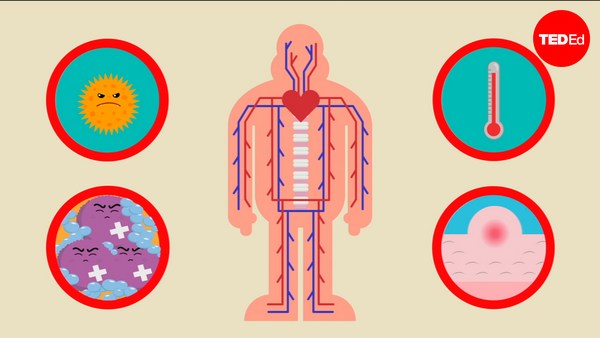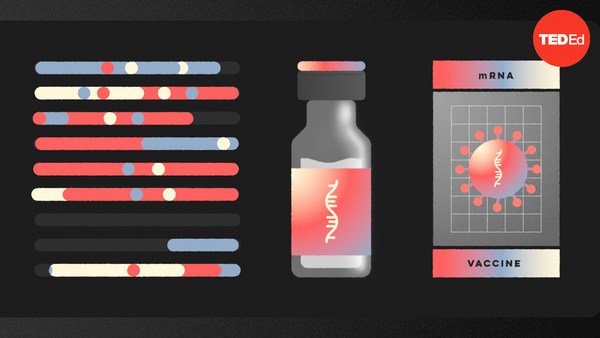Steroids: they’re infamous for their use in sports. But they’re also found in inhalers, creams to treat poison ivy and eczema, and shots to ease inflammation. The steroids in these medicines aren’t the same as the ones used to build muscle. In fact, they’re all based on yet another steroid— one our body produces naturally, and we can’t live without.
Taking a step back, the reason there are so many different steroids is because the term refers to substances with a shared molecular structure, rather than shared effects on the body. Steroids can be naturally occurring or synthetic, but what all steroids have in common is a molecular structure that consists of a base of four rings made of 17 carbon atoms arranged in three hexagons and one pentagon. A molecule must contain this exact arrangement to be a steroid, though most also have side chains— additional atoms that can dramatically impact the molecule’s function. Steroids get their name from the fatty molecule cholesterol. In fact, our bodies make steroids out of cholesterol.
That fatty cholesterol base means that steroids are able to cross fatty cell membranes and enter cells. Within the cell, they can directly influence gene expression and protein synthesis. This is different from many other types of signaling molecules, which can’t cross the cell membrane and have to create their effects from outside the cell, through more complicated pathways. So steroids can create their effects faster than those other molecules.
Back to the steroids in anti-inflammatory medications: all of these are based on a naturally occurring steroid called cortisol. Cortisol is the body’s primary stress signal, and it has a huge range of functions. When we experience a stressor— anything from a fight with a friend, to spotting a bear, to an infection or low blood sugar— the brain reacts by sending a signal from the hypothalamus to the pituitary gland. The pituitary gland then sends a signal to the adrenal glands. The adrenal glands produce cortisol, and release some constantly. But when they receive the signal from the pituitary gland, they release a burst of cortisol, which spurs the body to generate more glucose for energy, decrease functions not immediately related to survival, like digestion, and can activate a fight-flight-or-freeze response. This is helpful in the short term, but can cause undesirable side effects like insomnia and lowered mood if they last too long. Cortisol also interacts with the immune system in complex ways— depending on the situation, it can increase or decrease certain immune functions. In the process of fighting infection, the immune system often creates inflammation. Cortisol suppresses the immune system’s ability to produce inflammation, which, again, can be useful in the short term. But too much cortisol can have negative impacts, like reducing the immune system’s ability to regenerate bone marrow and lymph nodes. To prevent levels from staying high for too long, cortisol suppresses the signal that causes the adrenal glands to release more cortisol.
Medicinal corticosteroids channel cortisol’s effects on the immune system to fight allergic reactions, rashes, and asthma. All these things are forms of inflammation. There are many synthetic steroids that share the same basic mechanism: they enhance the body’s cortisol supply, which in turn shuts down the hyperactive immune responses that cause inflammation. These corticosteroids sneak into cells and can turn off the “fire alarm” by suppressing gene expression of inflammatory signals.
The steroids in inhalers and creams impact only the affected organ— the skin, or the lungs. Intravenous or oral versions, used to treat chronic autoimmune conditions like lupus or inflammatory bowel disease, impact the whole body. With these conditions, the body’s immune system attacks its own cells, a process analogous to a constant asthma attack or rash. A constant low dose of steroids can help keep this renegade immune response under control— but because of the negative psychological and physiological effects of longterm exposure, higher doses are reserved for emergencies and flare-ups.
While an asthma attack, poison ivy welts, and irritable bowel syndrome might seem totally unrelated, they all have something in common: an immune response that’s doing more harm than good. And while corticosteroids won’t give you giant muscles, they can be the body’s best defense against itself.


